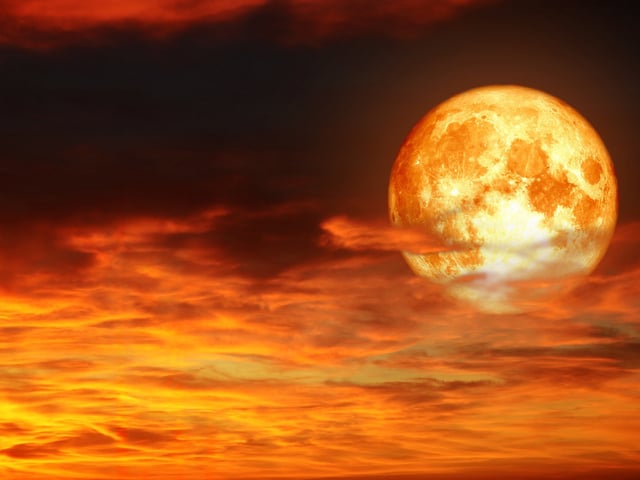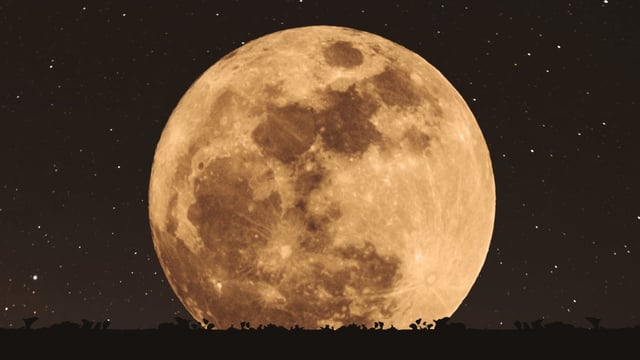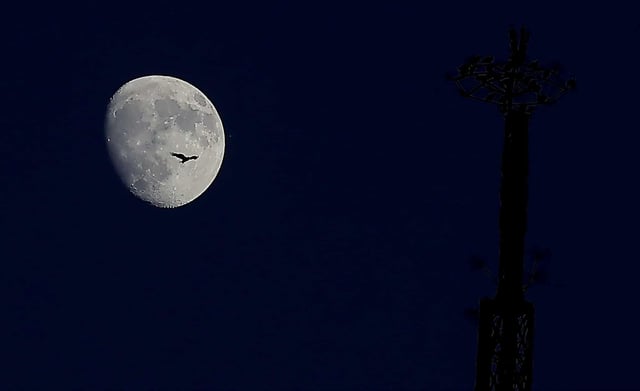Overview
- The full Moon on Oct. 7 will be near perigee, producing a supermoon known as the Harvest or Hunter's Moon, with sources estimating it appears about 6.6–14% larger and roughly 13–30% brighter than average.
- Local timing for the lunation includes 00:47 on Oct. 7 in Argentina/Paraguay/Chile, 05:47 in Spain, and 21:47 on Oct. 6 in Mexico, with the event easily visible to the naked eye if skies are clear.
- Recently discovered comet C/2025 R2 (SWAN) reached its best visibility around Oct. 5, favoring southern-hemisphere observers before dawn low in the east-southeast, potentially detectable with binoculars from dark sites.
- The Draconid meteor shower runs Oct. 6–10 with a low expected rate near the Oct. 8 peak, and the supermoon’s glare is forecast to reduce the number of visible meteors.
- The Orionids are active Oct. 2–Nov. 7 and are expected to peak the night of Oct. 20–21 under a new moon on Oct. 21, with forecasts ranging from roughly 15 to as many as 70 meteors per hour in ideal conditions.



